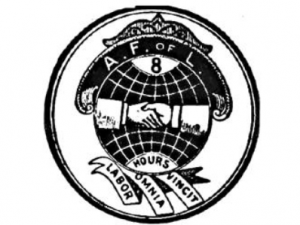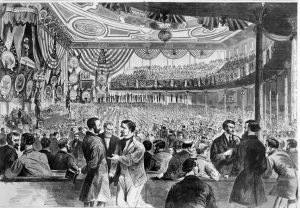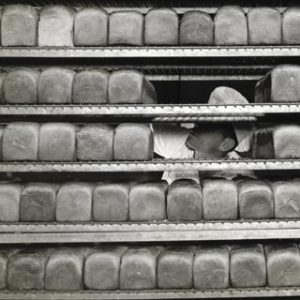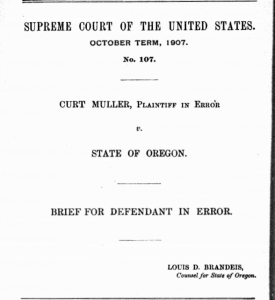Federation of Organized Trades and Labor Unions

Founded in Pittsburgh 1881 , the Federation of Organizational Trades and Labor Unions of the United States (FOTLU) was “the predecessor organization to what became the American Federation of Labor in 1886.” Its intent was to inform citizens on issues regarding labor, labor laws, and the government’s need to act and put a stop to the unjust labor requirements and conditions.
Democratic Party Platform

The Democratic Platform Party was established in 1896. It’s president at the time was William J. Bryan from Nebraska. This association’s target audience is working class citizens of America who are put into occupations without receiving fair benefits, hours, wages, etc… The purpose of this source is to provide a description of the Democratic Platform Party and what they stand for and hope to accomplish in terms of improving labor laws to provide less stressful working environments for employees. Key points in this source are sections that discuss the abolishment of child labor, putting an end to contract convict labor, and the need to increase in wages after “there have been ten reductions of wages- to one increase.” This connects to my project’s theme because this organization had a part in banning child labor. I discovered this source through The American Presidency Project, an educationally funded database for political science.
Lochner v. New York

This is image is of a bakery worker placing loafs of bread on racks.
Lochner v. New York is a supreme court case that took place in 1905 between Joseph Lochner and the people of New York. The court case was argued in February on the 23rd and the 24th, and was decided on April 17th. This court case’s main focus is to deal with the constitutionality of prior labor laws in the state of New York. This is case was fought and intended for bakery employees who received a limit on how many hours they were able to work in a week. Some of the key points that this court case focuses on, are the violations of the 14th amendment as well as the restricted hours of work for employees of bakeries.
The Brandeis Brief

The Brandeis Brief was written by Louis D. Brandeis in 1908. This one hundred page briefing was written to speak to those who were subject to discrimination and inequality in the work place. The purpose of The Brandeis Brief is to state the protections that should be implemented into labor throughout the country and what measures should be taken to protect those who are experiencing these inequalities such as being tasked with longer hours than others, or receiving less income even though there is similar work. One of the groups of people this brief speaks to is women. Key points in this are the points where Brandeis talks about the protection of women in the work place. This refers to women in the work force and proposes labor laws to limit their working hours with the intentions of preventing unnecessary and potentially unpaid overtime.
